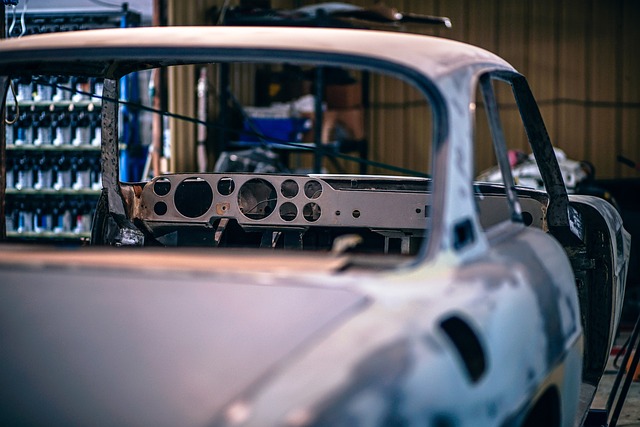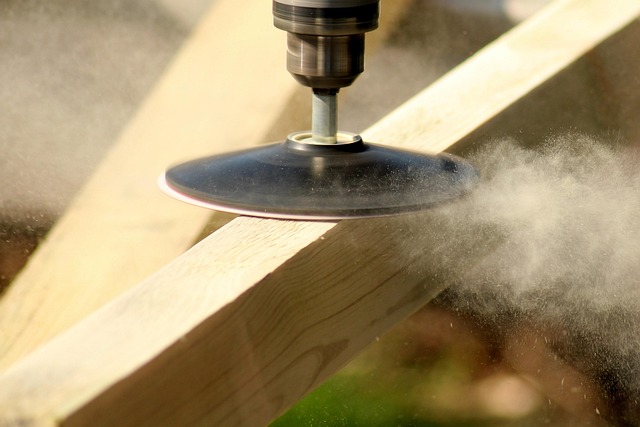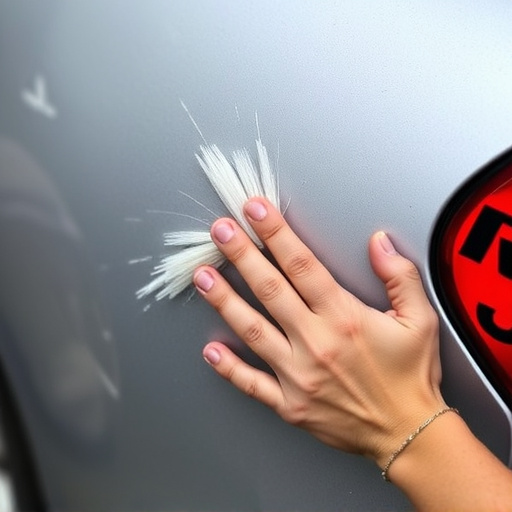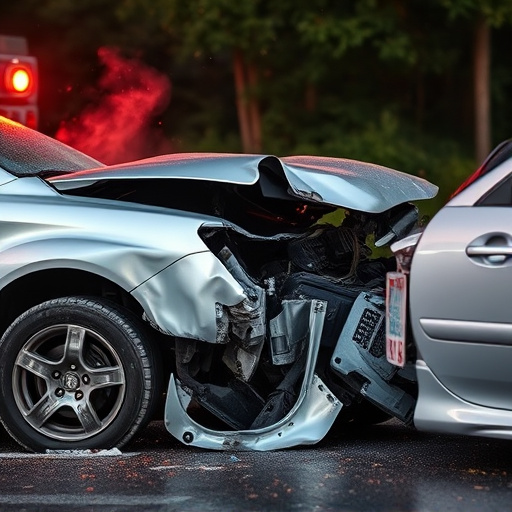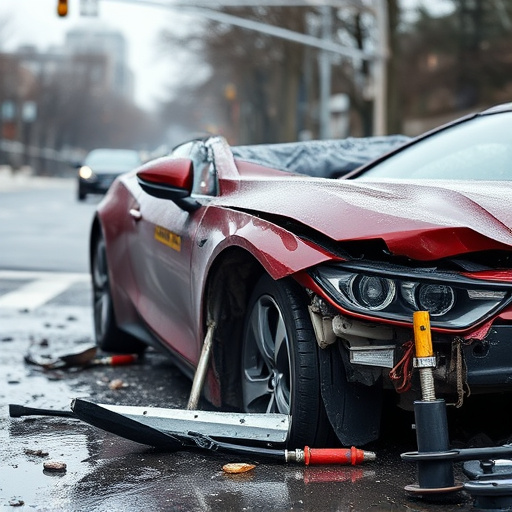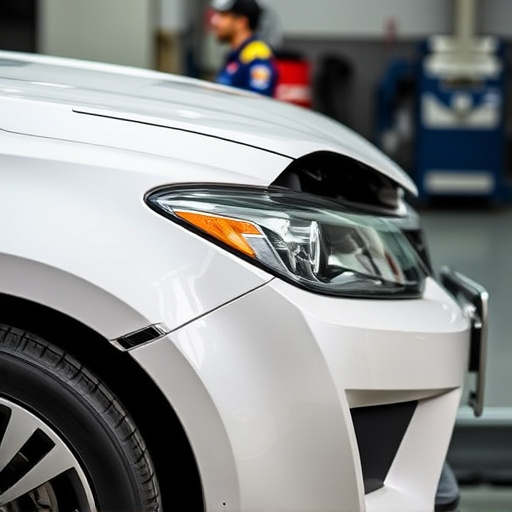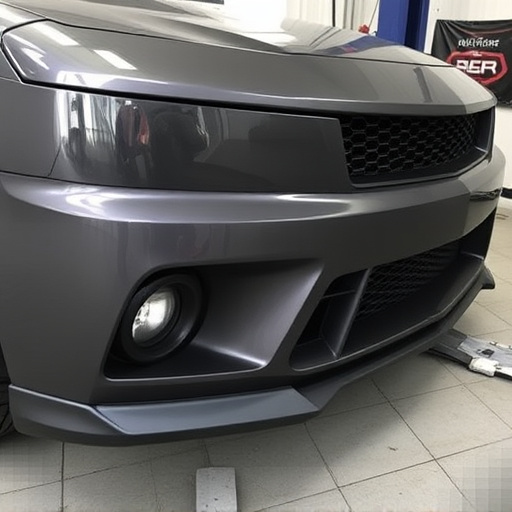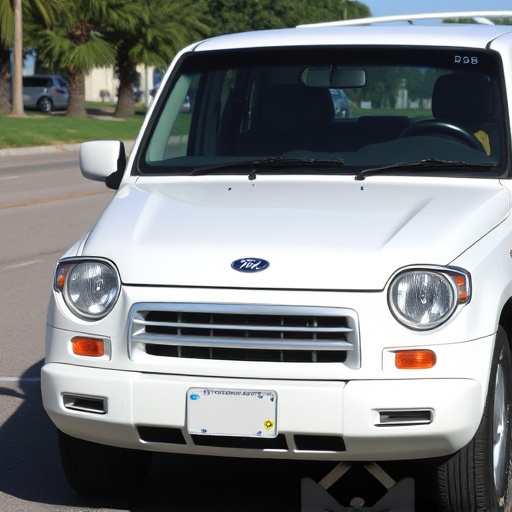Efficient logistics management, including strategic vehicle allocation and regular maintenance, is vital for peak season loaner vehicle collision repairs. Digital systems streamline operations, skilled technicians ensure quick turnaround times without compromising quality, and open communication enhances customer satisfaction during high-demand periods.
In the dynamic automotive industry, peak seasons present unique challenges for managing loaner vehicle collision repair. This article explores strategic approaches to streamline operations during high-demand periods. We delve into efficient logistics for allocating loaner vehicles, optimizing collision repair processes, and maintaining quality standards. By implementing best practices in these areas, automotive facilities can ensure timely vehicle restoration, enhance customer satisfaction, and navigate peak seasons with seamless efficiency. Discover how these strategies contribute to effective loaner vehicle collision repair management.
- Efficient Logistics for Loaner Vehicle Allocation
- Streamlining Collision Repair Processes During Peak
- Ensuring Quality and Timely Vehicle Restoration
Efficient Logistics for Loaner Vehicle Allocation
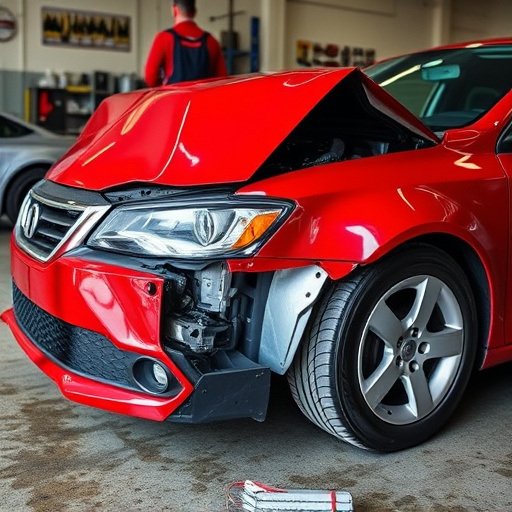
Efficient logistics are key to managing loaner vehicle collision repairs during peak seasons. The process begins with strategic allocation of loaner vehicles based on demand and repair complexity. During busy periods, when multiple fender benders or more severe collisions occur simultaneously, having a diverse fleet readily available ensures that customers don’t face lengthy delays. Each loaner should undergo regular maintenance checks to prevent any unexpected breakdowns, especially as bumper repairs or car paint repairs become more prevalent during these times.
By implementing robust logistics, repair shops can streamline their operations and cater to a higher volume of clients efficiently. This not only enhances customer satisfaction but also reduces the overall time required for collision repairs, ensuring that vehicles are restored promptly without sacrificing quality, even during peak seasons.
Streamlining Collision Repair Processes During Peak
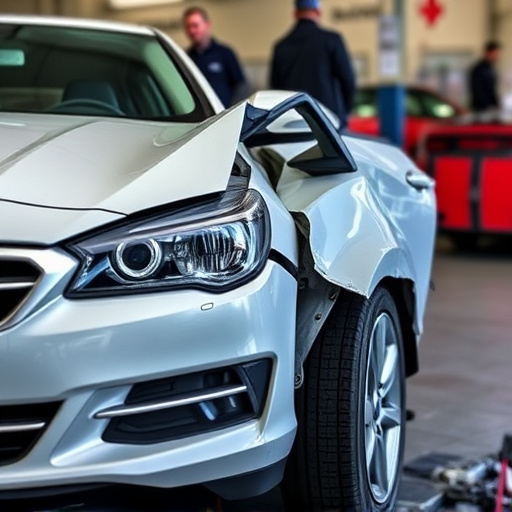
During peak seasons, when demand for both loaner vehicle collision repair and traditional car body shop services surges, streamlining processes becomes paramount. Efficient workflow management is key to ensuring quick turnarounds without compromising quality in bumper repair or other bodywork tasks. Car body shops can optimize their operations by implementing digital systems that automate scheduling, track parts inventory, and facilitate seamless communication among staff.
These technological advancements not only enhance overall productivity but also allow for better resource allocation. By prioritizing tasks, training staff on streamlined procedures, and fostering a culture of continuous improvement, car bodywork facilities can effectively manage the increased workload without sacrificing the meticulous craftsmanship required in precise bumper repair or other intricate collision repairs.
Ensuring Quality and Timely Vehicle Restoration
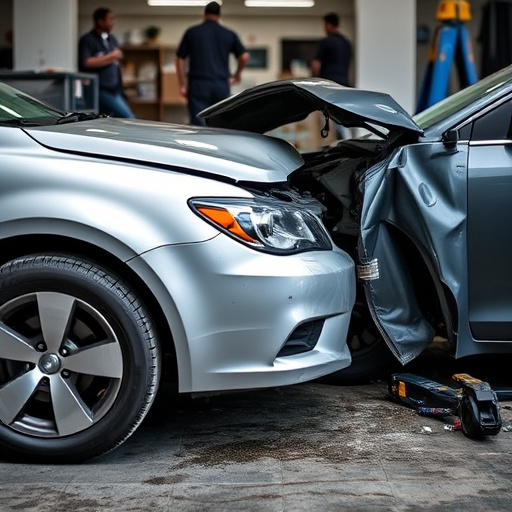
Ensuring quality and timely vehicle restoration is paramount during peak seasons when loaner vehicle collision repair services are in high demand. Reputable car repair shops understand that every day counts, especially for clients needing their luxury vehicles back on the road swiftly. Efficient workflows, skilled technicians, and well-stocked parts departments contribute to minimizing repair times without compromising quality standards.
A top-notch car body restoration process involves meticulous attention to detail, utilizing advanced equipment and techniques. This includes precise panel alignment, expert paint jobs that match the vehicle’s original finish, and meticulous craftsmanship in replacing or repairing damaged components. Reputable shops prioritize customer satisfaction by maintaining open communication throughout the repair process, ensuring clients are informed about their vehicle’s status and any potential delays.
Managing peak seasons effectively requires a strategic approach to loaner vehicle collision repair. By optimizing logistics, streamlining processes, and maintaining quality standards, repair facilities can ensure timely restoration and enhance customer satisfaction during these busy times. These strategies not only improve operational efficiency but also strengthen the overall reputation of the facility in the realm of loaner vehicle allocation and collision repair services.


